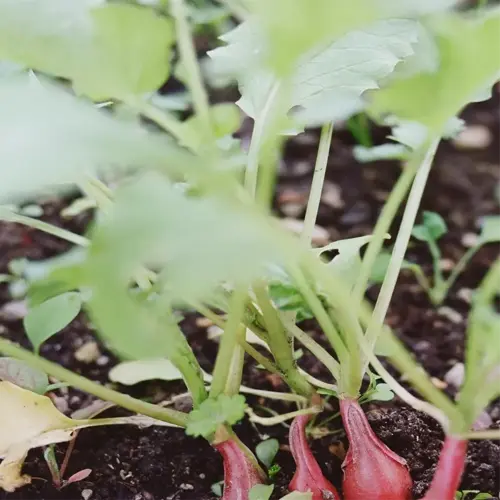What's the best way to store harvested shallots?

Written by
Tina Carter
Reviewed by
Prof. Martin Thorne, Ph.D.The first step in storing shallots is proper curing. For 2-3 weeks, in a shaded area with airflow, lay the bulbs out in a single layer, and they are properly cured when the necks become tight and the outer skins rustle when touched. I once lost a harvest to mold because I rushed this step. Taking your time during this key process saves you time with rot and losses later in the storage period.
Curing Process
- Dry in ventilated shade 14-21 days
- Avoid direct sunlight to prevent scalding
- Turn bulbs every 3 days for even drying
Container Choices
- Mesh bags allow airflow (not plastic)
- Line wooden crates with newspaper
- Single layers prevent pressure bruising
Environment Control
- Monitor humidity with digital hygrometers
- Use dehumidifiers if above 70%
- Avoid refrigeration except for short-term
Constant inspections are not optional. As soon as a bulb exhibits any soft spots or mold, it should be removed immediately, as one moldy shallot will spoil the whole batch. I check my storage on the first Sunday of every month, and this storage check has saved 90% of my harvests since I started doing this.
For long-time storage, place light bulbs away from light to minimize sprouting. My root cellar is completely dark, minus the time I check my storage. Light bulbs stored in lighted areas only last about 3 months, while in a dark area, they last 8+ months. Consider lettuce for an inexpensive breathable fabric covering for your shelving to block light and allow air flow.
Read the full article: How to Grow Shallots: Essential Tips for Success

